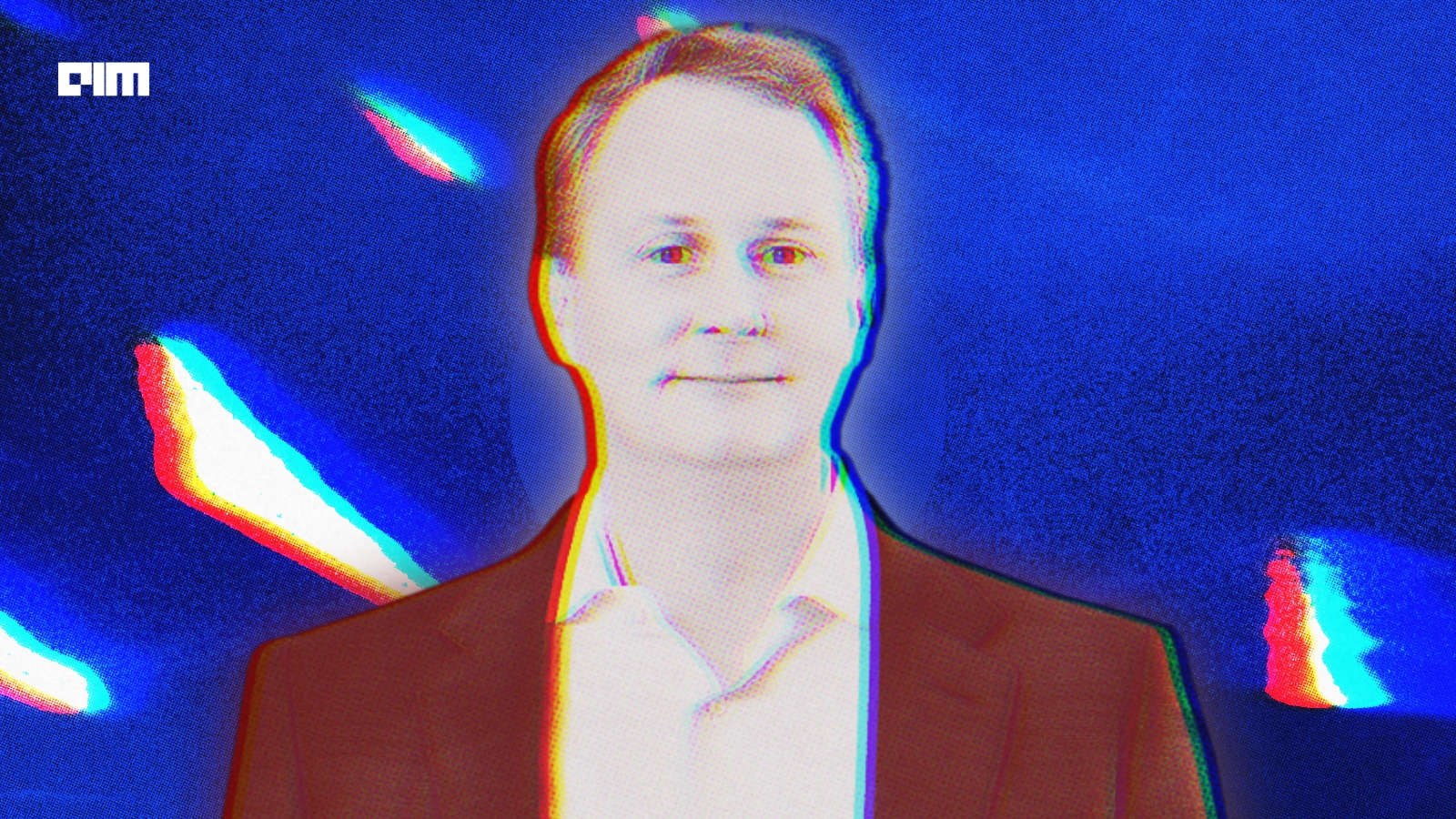“Desperation drives great things,” Chris Winfrey, CEO of Charter Communications, said at a CNBC panel, reflecting the company’s response to rising pressure across its consumer business. In Q3 2025, Charter lost 109,000 internet customers and served about 29.8 million internet households as of September 30.
Net income dropped approximately 11% year-over-year to US$1.137 billion, while capital expenditures increased to US$3.05 billion (a roughly 19% rise) and free cash flow remained at about US$1.6 billion.
Charter’s mobile business expanded by adding 493,000 lines in the quarter, bringing its mobile base to approximately 11.4 million.
Competitive headwinds are escalating. Comcast Corporation reported broadband subscriber softness amid large wireless additions. Verizon Communications added 261,000 fixed-wireless access customers in Q3, bringing its FWA base to nearly 5.4 million. AT&T Inc. posted hundreds of thousands of fiber net adds in 2025 as over-builds of cable infrastructure proceed.
According to industry trackers, U.S. fixed-broadband growth has slowed to low single digits and cable-provider share is coming under pressure from fiber and fixed-wireless alternatives.
AI Expands Across Charter’s Core Business Units
Charter is advancing artificial-intelligence initiatives across its business. It announced a strategic collaboration with Amazon Web Services to standardize development workflows using GitLab Duo and Amazon Q Developer, aiming to accelerate coding and increase software-engineering throughput. The company has not published pre- and post-metrics for engineering performance. By comparison, Verizon’s AI assistant for customer-service agents, developed with Google models, has been publicly tied to a nearly 40% increase in sales through its service staff.
In advertising, Charter launched “Spectrum Reach Architect”, an AI-driven media-planning platform built on first-party data from roughly 30 million U.S. households and thousands of past advertiser campaigns; the company reports the tool was trialled with more than 2,000 advertisers.
On the same CNBC panel, AMC Networks CEO Kristin Dolan said “over 850,000 activations on Charter for the AMC Plus app.” The activation count indicates distribution scale but does not specify monetization per user.
In customer-services operations, Charter states it deploys agent-assist tools, automated summary generation and home-network telemetry designed to detect issues before customers report them. Rival companies disclose outcomes: Verizon said its generative-AI system now predicts 80% of customer-call reasons and reduces store-visit times by about seven minutes.
Winfrey emphasised that Charter’s dataset (“we have 30 million broadband customers”) gives the company a distinctive data and distribution advantage. The same base is the target for its shift from connectivity to data-driven services.
AI Investment Outpaces Measurable Financial Returns
Charter’s public disclosures reveal investment and intent more than measurable outcomes. The company has yet to publish performance metrics tied to its AI programmes, such as reductions in average-handle-time, truck-roll decline, developer cycle-time improvements or incremental ad-revenue uplift from Architect. Meanwhile competitors like Verizon provide public benchmarks.
Charter’s balance-sheet metrics underscore the urgency. As of September 30, the company carried approximately US$95 billion in principal debt and a total liquidity buffer of roughly US$4 billion beyond US$464 million in cash.
Full-year CapEx guidance of about US$11.5 billion and elevated interest obligations amplify the need for cost-and-retention improvements to justify the investment. The traditional video business remains under pressure: Charter reported a residential video decline of roughly 70,000 customers in Q3, down from a 294,000 loss in the previous year, and advertising revenue declined 21.6%.
The proposed merger with Cox Communications, announced in May 2025 and valued at approximately US$34.5 billion including debt, is intended to boost scale. The deal is subject to federal review and additional regulatory filings, adding execution risk at a time when integration demands may coincide with large capital-spend programmes.
In many markets, fiber over-builds and fixed-wireless roll-outs compress the available growth pool for cable-based broadband. Charter’s promotional offers (such as free home internet paired with multi-line mobile sign-ups) reflect the pressure on ARPU and margin.
Charter now operates in a phase where the public evidence of transformation (platform launches, pilot data, partnership announcements) is visible, but measured proof of operational gains remains to be reported. Management has positioned AI and data products as the future of its growth. The next quarterly filing, along with upcoming reports from Comcast, Verizon and AT&T, plus regulatory developments on the Cox combination, will provide the earliest measurable indicators of whether these investments yield actionable results.











